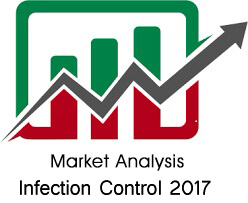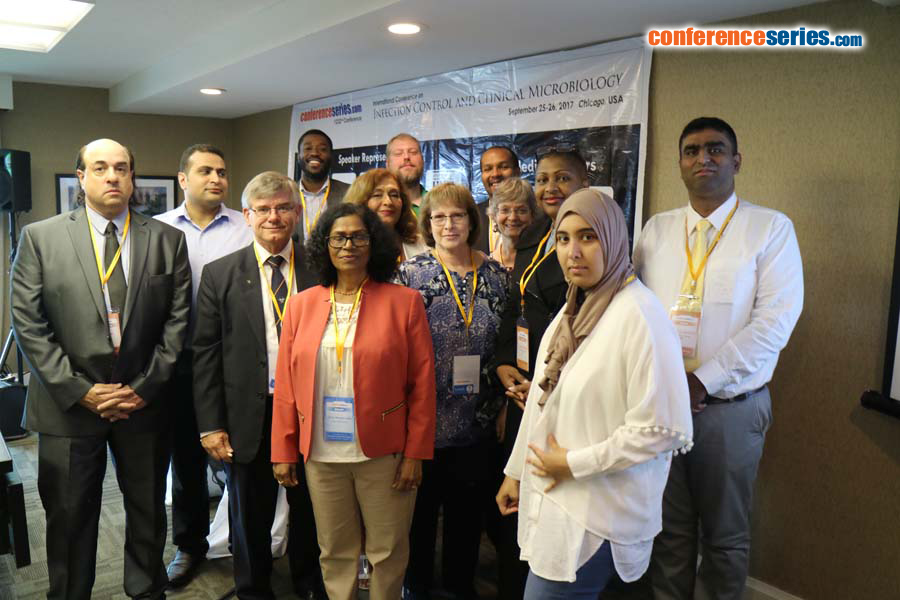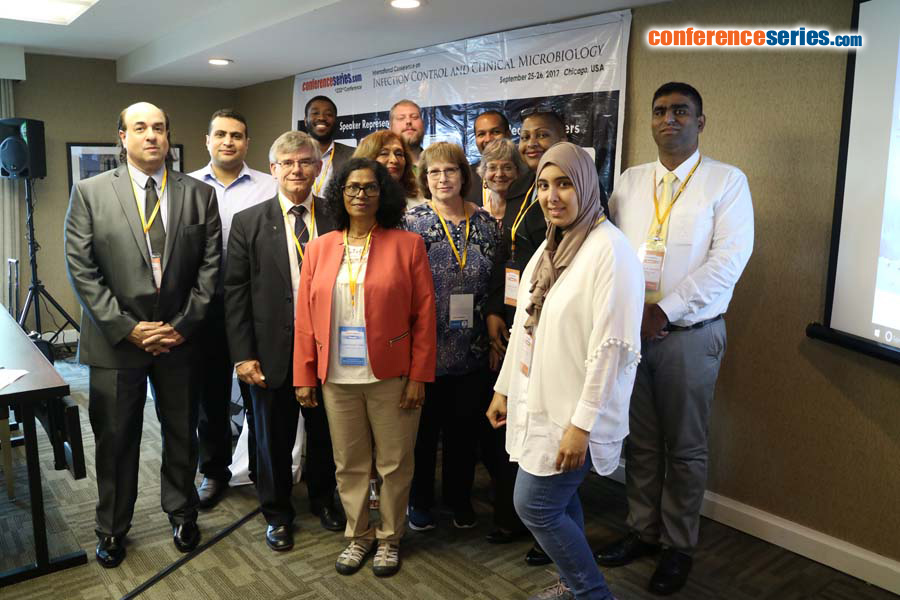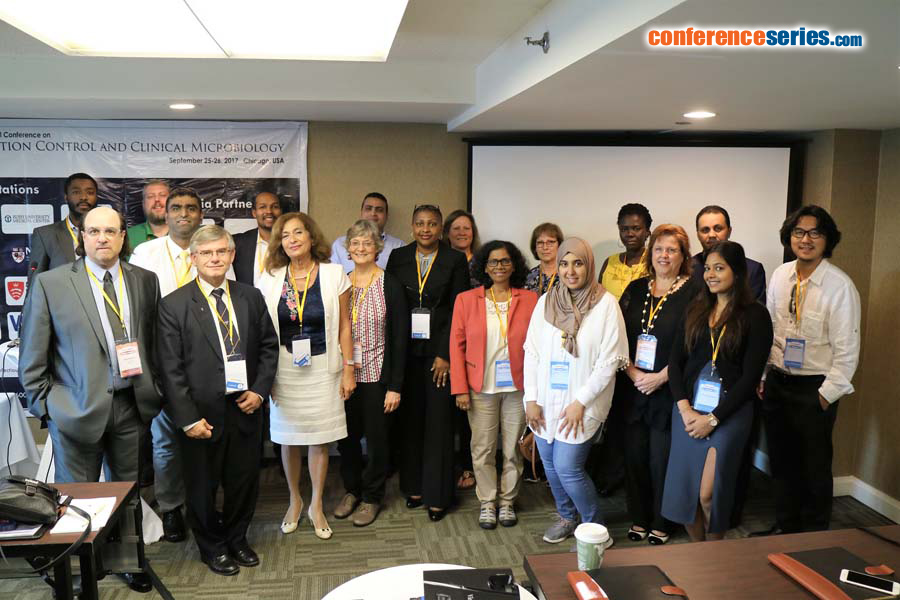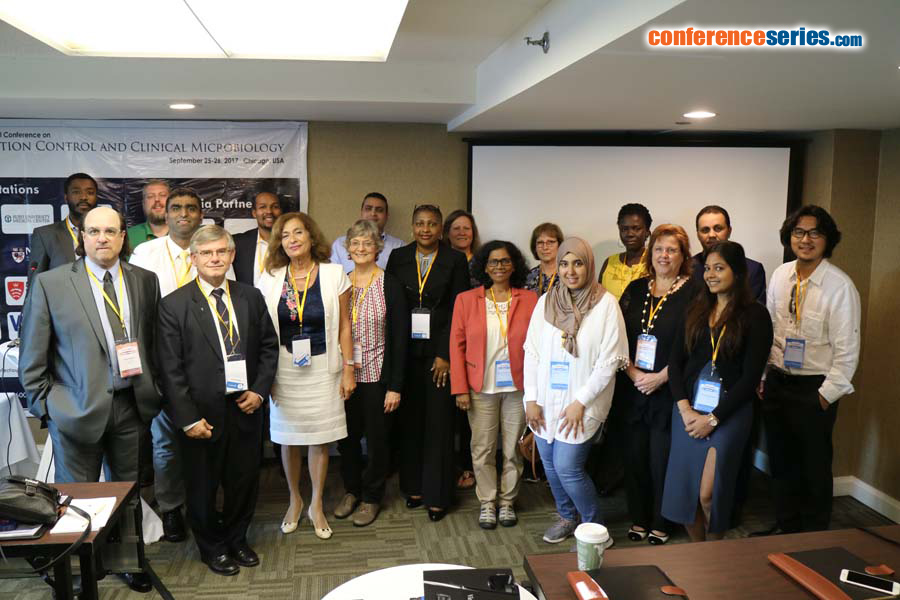
Stef Stienstra
Armed forces of the Netherlands, Netherlands
Title: The threat of zoonotic diseases and Ebola virus disease specifically
Biography
Biography: Stef Stienstra
Abstract
Public health systems are not always prepared for outbreaks of infectious diseases. Although in the past several public health institutes, like the French ‘Institute Pasteur’ and the Dutch ‘Tropeninstitute, were prominent surveyors of infectious diseases, the investments in worldwide public health have decreased. Now more attention is given to curative healthcare compared to preventive healthcare. The recent Ebola virus disease outbreak in west Africa initiated a new wave of interest to invest in Worldwide Public Health to prevent outbreaks of highly contagious diseases. Zoonotic diseases are threatening as the population does not have natural nor artificial (from vaccination) immune response to new diseases like in the Ebola virus disease outbreak in 2014. The new strain of the Ebola virus in west Africa was slightly less lethal, compared to other Ebola virus strains, but the threat of spreading was far bigger as it had a longer incubation time. Most public health systems are not trained well enough to mitigate highly infectious and deadly disease outbreaks. NGO’s helping to fight the outbreak are often better trained in curative treatments and have less experience with biological (bioweapon) threats for which the military are trained for. The UNMEER mission was unique in this. It was a setting in which military and civilian actors cooperate in fighting a biological threat. Protection is essential for health workers. Smart systems should be developed to prevent further spreading of the disease, but it is not only the biosafety, which should be considered, but also the biosecurity, as misuse of extremely dangerous strains of microorganisms cannot be excluded. Several zoonotic infectious diseases, like anthrax, smallpox and hemorrhagic fevers are listed as potential bioweapons. Therefor both biosafety and biosecurity should be implemented in all measures to fight outbreaks of highly infectious diseases.
